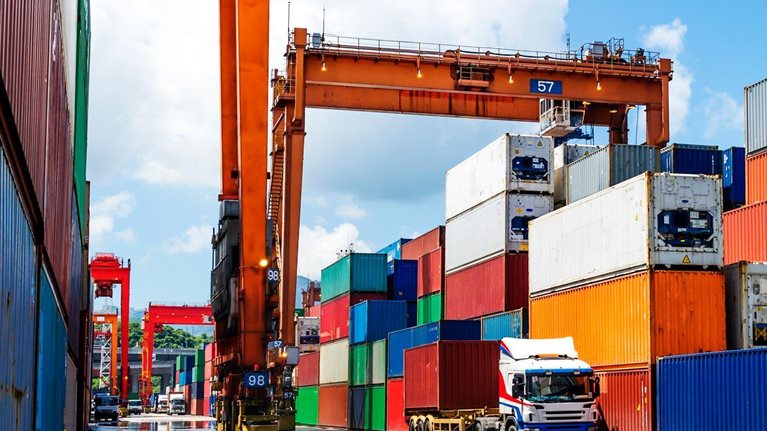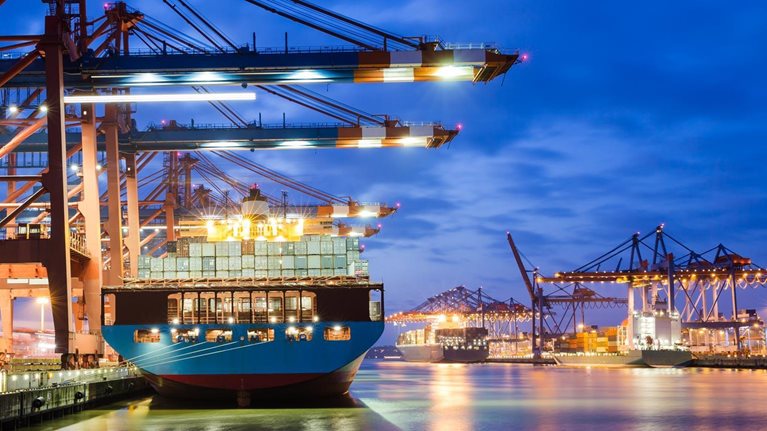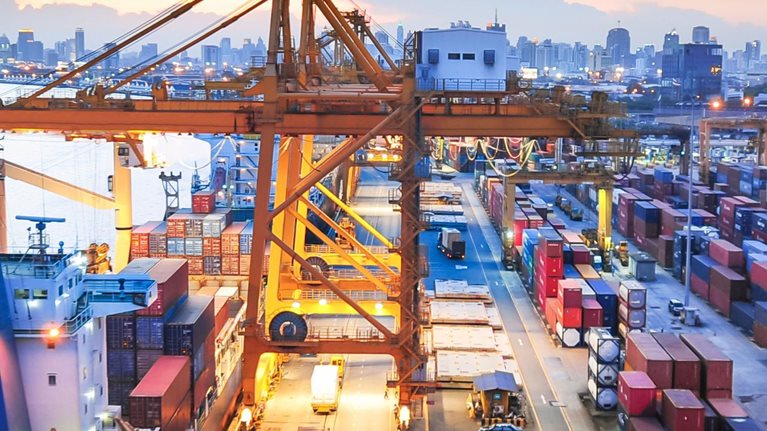In 1967, the British Transport Docks Board (BTDB) commissioned McKinsey to assess a recent development from America: container boxes.1 The first ships built expressly for this new way of shipping goods had recently been launched, and a few US lines carried them on their regular service. Our report advised the BTDB to rethink everything in light of this new disruption. Today the industry is roiled by another one: digital technologies, big data, the Internet of Things. Let’s imagine it 50 years from now:
- Autonomous 50,000-TEU2 ships will plow the seas—perhaps alongside modular, dronelike floating containers—and the volume of container trade will be two to five times what it is today.
- Short-haul intraregional traffic will increase as converging global incomes, automation, and robotics disperse manufacturing footprints. Container flows within the Far East will remain huge, and the second-most significant trade lane may link the region to Africa, with a stopover in South Asia.
- After multiple value-destroying overcapacity and consolidation cycles, three or four major container-shipping companies might emerge: digitally enabled independents with a strong customer orientation and innovative commercial practices, or small subsidiaries of tech giants blending the digital and the physical. Freight forwarding as a stand-alone business will be virtually extinct, since digital interactions will reduce the need for intermediaries. All winners, closely connected through data ecosystems, will have fully digitized customer interactions and operating systems.
- A fully autonomous transport chain will extend from loading, stowage, and sailing to unloading directly onto autonomous trains and trucks, with last-mile deliveries by drones.
- Some customers prepared to pay a premium will want container-logistics providers fully integrated into their supply chains. Others will continue to demand the cheapest sea freight. Both will expect transparency and reliability to be the norm, not the exception.
For an industry enduring a deceleration in trade growth (exhibit), this is a daunting agenda. What can executives do to realize it?

First, shipping companies should invest in digital technologies to differentiate their products, disintermediate value chains, improve customer service, raise productivity, and cut costs. The risk is that tech giants and digital disruptors will capture most of the value from customer relationships by moving faster than incumbents.
Second, integrate. Next-generation innovations will have to be orchestrated across the entire value chain. Carriers and terminal operators share an especially rich agenda: bigger vessels paired with infrastructure investments for terminals, transparent ship arrivals and berthing, and larger containers. Integrated logistics providers could make freight forwarders irrelevant by mastering the complexity and the customer interface.
Finally, be bold. The shipping industry was built on the vision of strong leaders who dared to sail through the storms. Although it now once again faces a period of disruption—this time from digital technologies—there is a path forward for companies willing and able to seize the day.
Download the full report, Container shipping: The next 50 years (PDF–27 MB), for a more complete explanation of where the industry is going and how it could get there.


